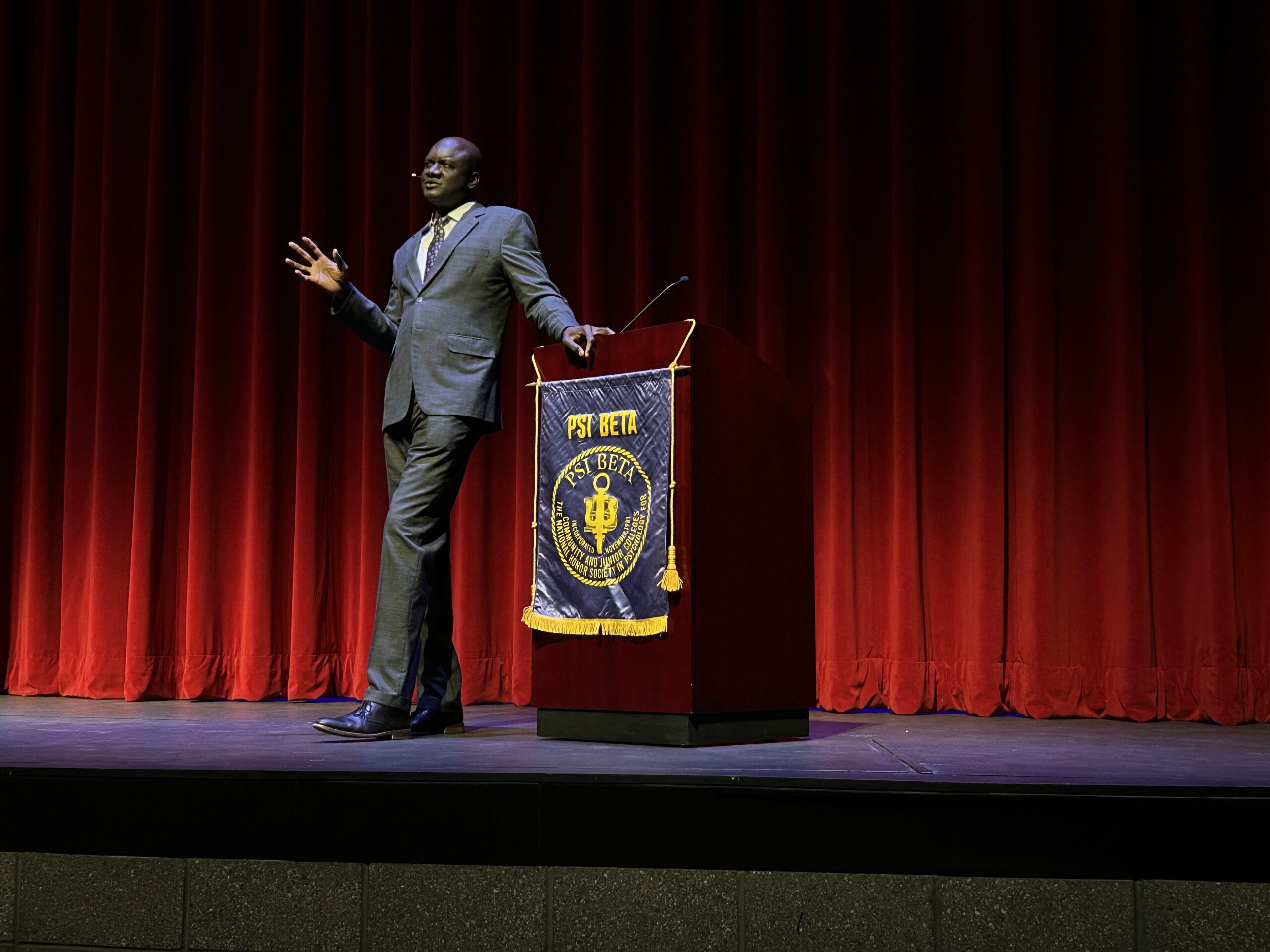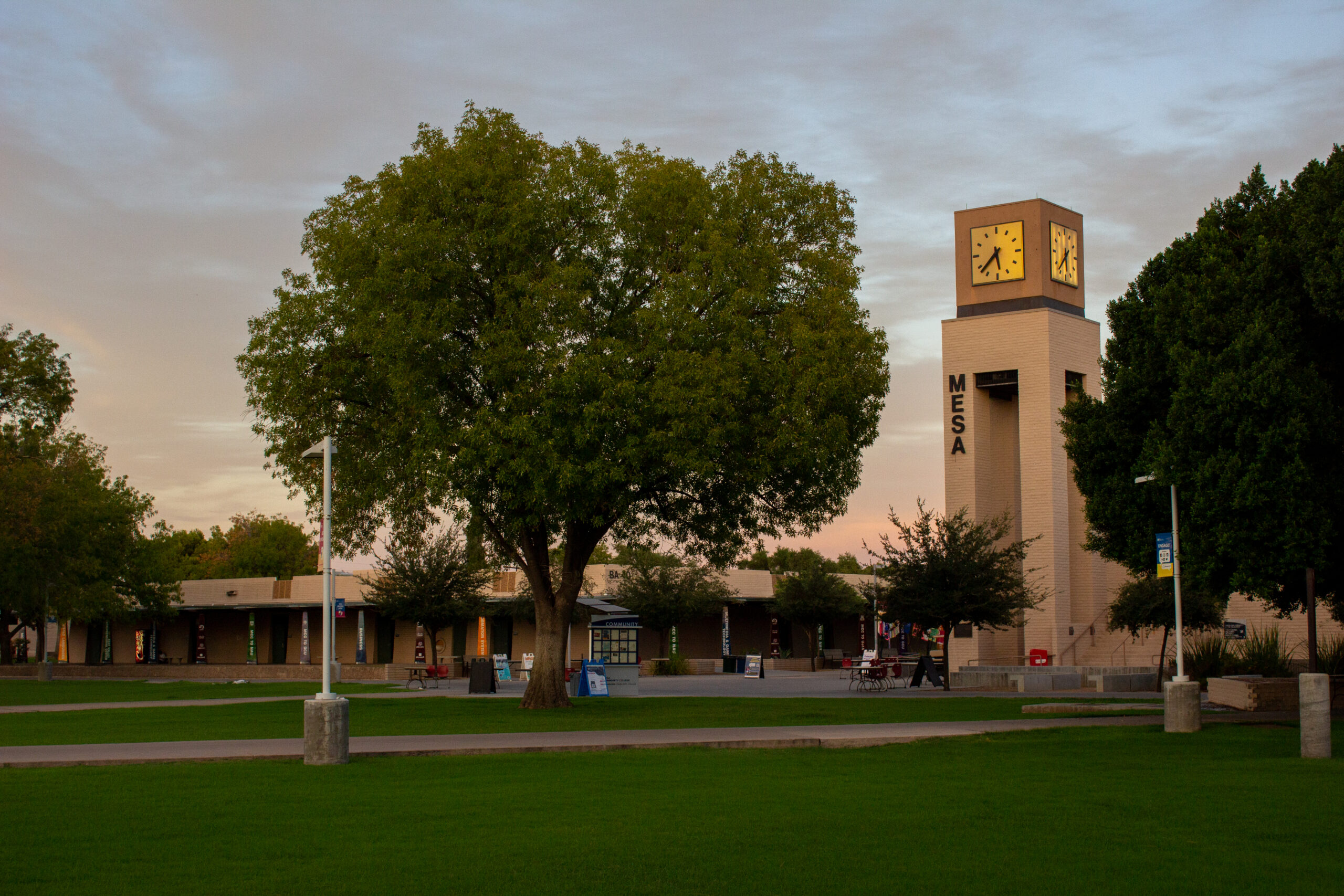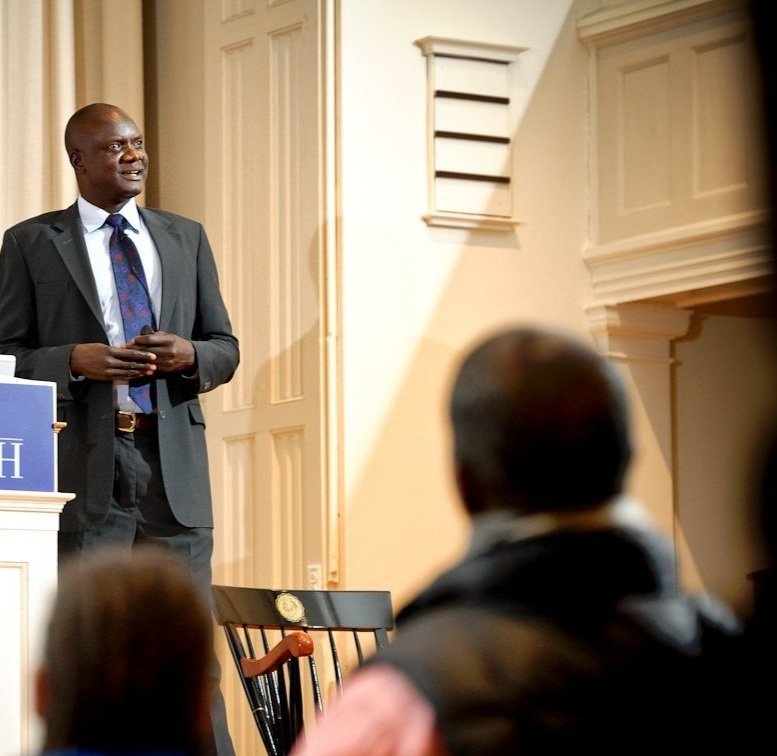ASU’s tuition increase affects all students
Transferring from a community college to a university can cause many woes. And ASU not making Kiplinger’s 2008-09 list of 100 best values in public universities and colleges is just another woe to add to the list. The list is compiled each year by data from more than 500 public four-year colleges. The list was then narrowed to 120 and were ranked by the percentage of the 2008-09 freshman class scoring 600 or higher on the verbal and math components of the SAT, or scoring 24 or higher on the ACT, admission rates, freshman retention rates, student-faculty ratios, and four and six-year graduation rates.
Each school then was ranked on cost and financial aid. In the scoring system, academic quality carried more weight than costs,.
The other Arizona universities, UofA and NAU, both barely made the list, ranking 96th and 97th respectively.
So what kept ASU off of the list?
ASU has decided to increase tuition for new students to $6,250 dollars. And as most of us are future ASU students, this increase will be affecting us.
The average annual increase over the last 5 years was 9.5 percent, while NAU’s was 8.7 percent, and UofA’s was 9 percent.
With the states reduction in investment in ASU totaling more than 60 million dollars, they needed to make up for the cut somewhere.
With the estimated 45 million dollars gathered from the increase, ASU plans to guarantee students seats in all the required courses, enhance the advising infrastructure, expand career counseling, internships and placement services, and enhance access to health services.
But even after all of that, they still couldn’t manage to squeeze onto Kiplinger’s list.
And with parking permits averaging around 700 dollars, higher food costs, transportation costs and book costs, and ASU raising tuition while being so busy trying to attain the status of a “New American University,” we wonder, will there be any students left to attend it?
ASU President Michael Crow said that he wants students to see tuition costs as an investment.
Also, the regents approved a measure that requires 17 percent of the money the tuition increases generate go to need-based financial aid.
So if you’re planning to transfer to ASU in January, start filling out scholarship applications, because you’re going to need the extra cash.









